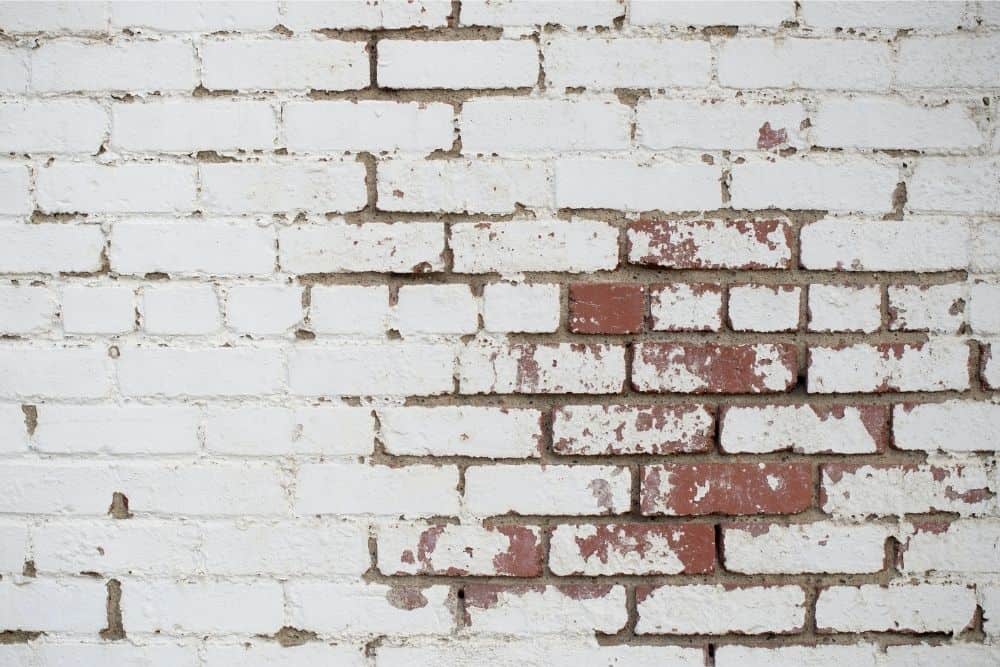Frequently Asked Questions about Rendering a Wall
 What is Wall Rendering?
What is Wall Rendering?
Wall rendering is the process of adding a thin layer of cement or plaster to cover the surface of an exterior wall. This process can make walls look smooth and attractive, while also protecting them from damage caused by weathering, dampness, and other destructive elements. It can be used for various purposes such as improving insulation, improving the look of a building, or increasing its fire resistance. Rendering is usually done with a machine called a render gun, but it can also be done manually by applying cement or plaster directly to the wall using brushes or trowels.
What Materials Are Used For Wall Rendering?
A variety of materials can be used for wall rendering depending on what type of finish is desired and the purpose for which it is being applied. Common materials include cement, stucco, and plaster as well as synthetic acrylic finishes. Specialty primers and sealants may also be used to ensure that the rendering adheres properly to the wall surface and provides adequate protection from damaging elements.
How Long Does Wall Rendering Last?
The life expectancy of a wall rendering depends on a variety of factors, including the type of material used, how properly the render was applied, and whether or not any sealants were added. In general, a good quality render can last up to 25 years if maintained properly.
What Are The Steps Involved in Rendering A Wall?
The wall rendering process typically involves several steps, including surface preparation, application of the render material, and curing. The first step is to prepare the wall by removing any loose debris or dirt that may be present and ensuring that it is clean and dry. Next, a powdered cement mix or plaster should be applied evenly over the entire wall using a render gun or other applicator tool. Once the render is applied, it should be allowed to cure for at least 24 hours before being sealed with an appropriate sealant.
What Are Some Common Challenges Associated With Wall Rendering?
One of the most common challenges associated with wall rendering is achieving a uniform finish across the entire wall surface. This can be difficult when manually applying the render material using a brush or trowel, as it is easy for the render to become uneven in certain spots. Additionally, if the wall is not properly prepared before rendering, air pockets can form which can lead to cracking and premature failure of the rendered surface. Finally, curing times vary depending on the type of material used and local weather conditions, so it is important to give the wall plenty of time to cure before exposing it to moisture or other environmental elements.
How Can I Ensure That My Wall Rendering Lasts As Long As Possible?
To ensure that your wall rendering lasts as long as possible it is important to use quality materials and apply them correctly. It is also advised that you apply a sealant after the render has had adequate time to cure. Finally, regular maintenance such as powerwashing, patching any cracks or damage that may occur, and re-sealing the surface every few years can help ensure that your wall rendering stays in good condition for many years to come.
Ultimately, with proper preparation and application of quality materials, wall rendering can be a great way to improve the look and durability of your exterior walls while maintaining their structural integrity. By following these tips you should be able to enjoy your wall rendering for many years to come.
Conclusion
Rendering a wall is an excellent way to enhance its appearance and protect it from the elements. If done correctly, it can last up to 25 years or longer with proper maintenance. To ensure the best possible results, it is important to use quality materials and apply them correctly. Additionally, a sealant should be applied after allowing sufficient time for the render to cure. With proper care and attention you can enjoy your wall rendering for years to come.
Thanks for taking the time to read this article about frequently asked questions about wall rendering! We hope that you now have a better understanding of how to properly prepare and render walls in order to get the best possible results. Good luck with your project!
The end result of a wall rendering process can vary depending on what type of finish is desired and what purpose it is being used for. In addition to applying cement or plaster directly using brushes
